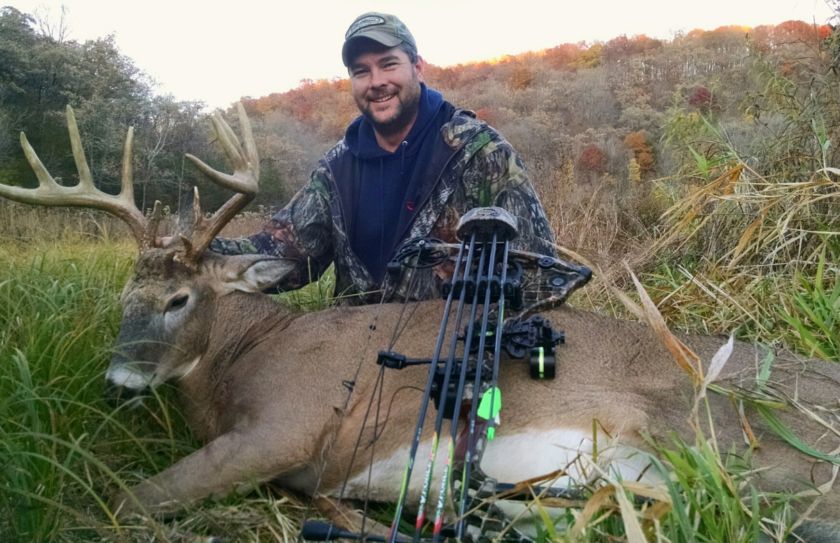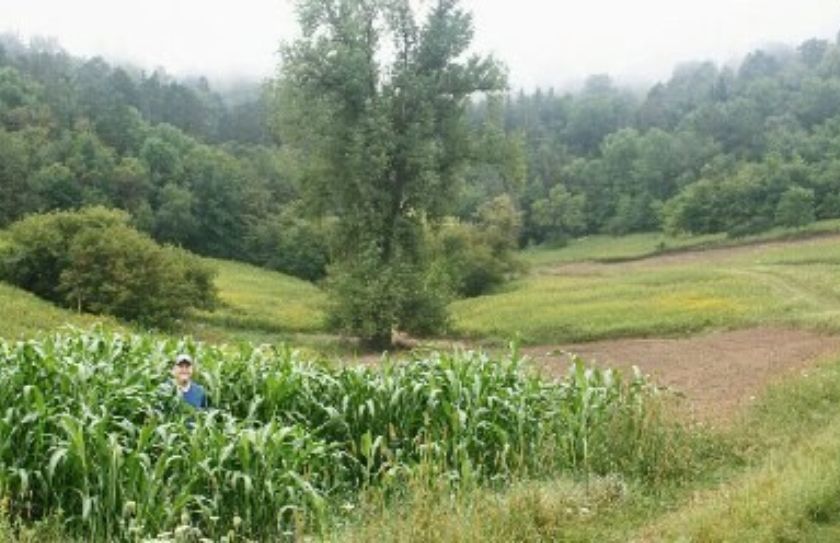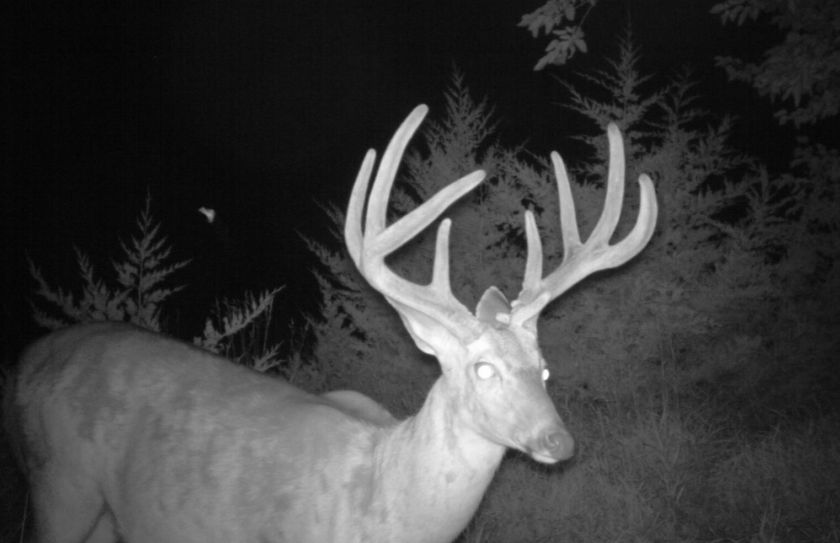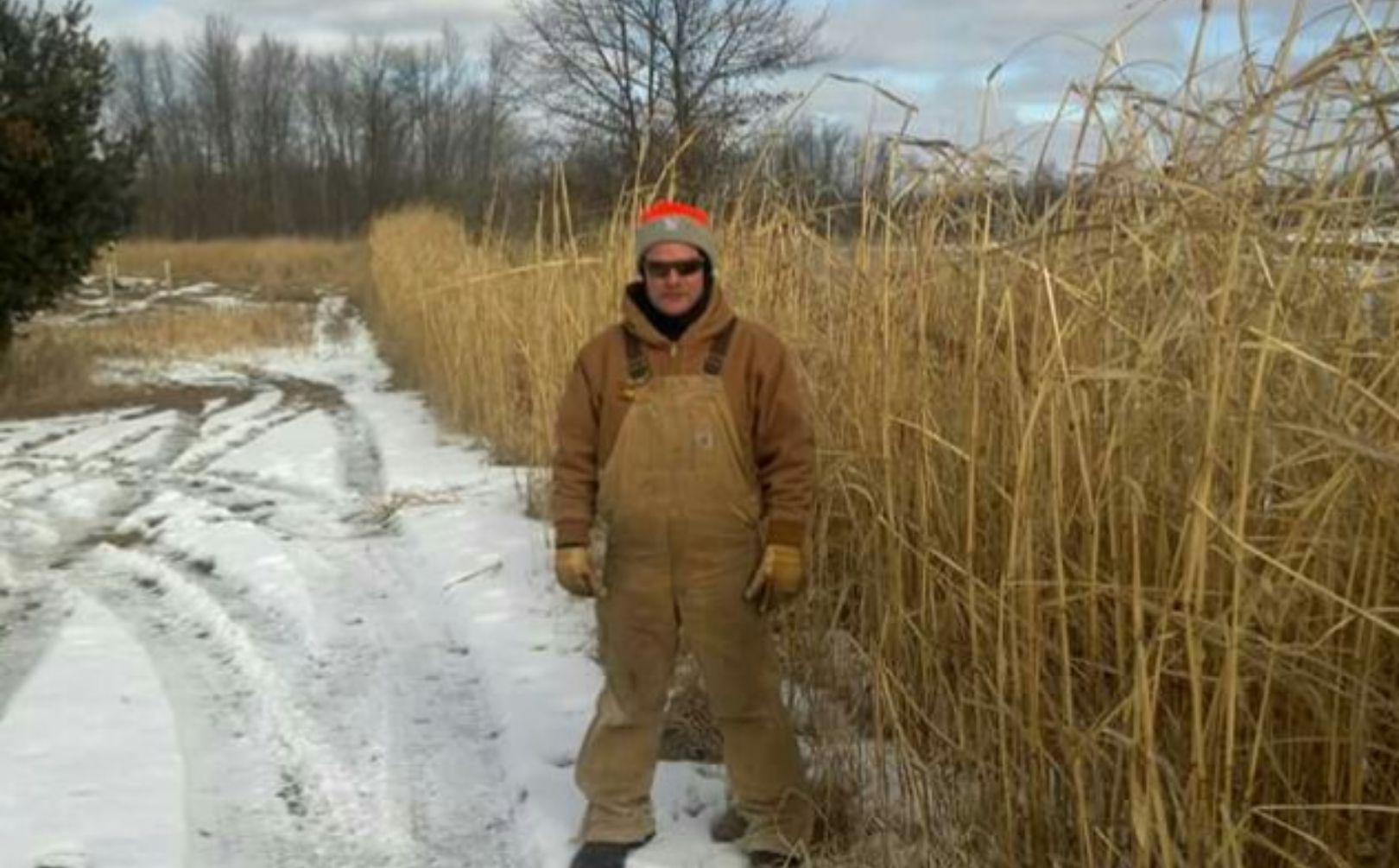
*The best food plot screens hold up to heavy wind and snow.
Let's face it, the value of a food plot's level of daytime attraction is directly related to how well that you hide the deer within, from your hunting access. But the choices for hiding feeding deer are many, and often confusing, so which is the best food plot screen for you? Nearly 10 years ago I began writing and speaking about using screens to hide anything and everything deer related, including: Bedding areas, hunting access routes, hunting cabins, waterholes and of course food plots. Throughout the years the various practices that I have experienced for hiding deer behind screenings have been nearly as endless as a landowners imagination. I have even had 1 client go to the extreme of attaching pieces of 10' high metal sheeting to a wood-frame, to create a incredibly solid and effective food plot screen.
What is the one thing that I rarely recommend for the use of any screening? Food! And that includes corn, various forms of attractive sorghums, sunflowers and anything else that a deer will eat. Although some of the "food components" often look cool within a proprietary blend or even on their own, there are two great reasons not to use food within a screening blend:
1. Why invite deer to the screen, that you are attempting to use to screen your approach? The entire purpose of a "screen" is to screen and hide deer within, which is pretty hard to do when the screen also features a high level of attraction for deer.
2. A great screen stands up to snow, cold and deer. However, if you lace your entire screen with an attractive offering of food, than you not only invite deer to watch you as you approach, but to also trample down and crush the critical screening components of the planting at the same time.
The best food plot screens can range anywhere from grasses to conifers, and even earthen berms created through the use of heavy equipment. Some screens are costly and some are not, some take many years to grow and develop, and a few even satisfy the need for immediate results. However regardless of the amount of time or money it takes to create a screen, when it comes to hiding feeding deer there are no shortage of opportunities for making sure that not only the deer within are kept from seeing you, but from each other as well. The best food plot screen for your needs may ultimately boil down to the option (s) that fit your timeframe and wallet the best.
Immediate Food Plot Screen Timing
1. Egyptian Wheat
2. Earthen Berms
3. Sorghum Sudan Grass
4. Hinge Cuts
Earthen Berms are pretty hard to beat, but also can be costly for the resource challenged. Sorghum Sudan Grass is a fairly decent shorter, but effective screen that also carries with it a modest food value depending on the location.
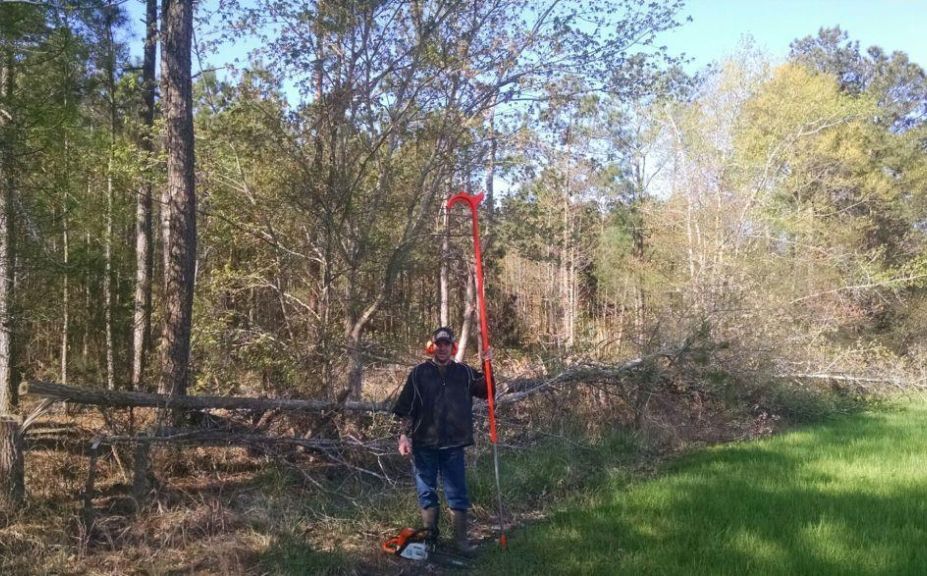
*Hinge cut walls are a close favorite of mine, to Egyptian Wheat. Although not as dense and site prohibitive as a wall of dirt or grass, they come pretty close and when combined with a chainsaw and"Habitat Hook"they can be very easy to create.
Egyptian Wheat is extremely easy to grow, drought tolerant, reaches heights of over 10' on average soils and features zero food value. The advantages of Egyptian Wheat may combine to create an outstanding option for you if you are searching for a conservative blend of low costs combined with immediate effectiveness.
Mid-Range Food Plot Screen Timing
1. Switchgrass
2. Quick growing, low food value pines such as Red Pine, Jack Pine or Scotch Pine.
3. Various shrubs or quick growing trees such as Speckled Alders or Hybrid Poplars.
Quick growing Red pines are hard to be for regions that produce low to moderate deer numbers and light to sandy loam soils. Red pines can be the perfect compliment to slower growing Spruce or Cedar varieties, and used to be my #1 recommended mid-range food plot screen. However, because switchgrass attains screening height typically by the end of year two (if planted properly) and provides an incredible base of dense, foodless screening cover, I have experienced it appears to have an edge over pines within the majority of conditions. Although shrubs are not too bad either, many varieties offer a fair amount of quality Fall and Winter browse, and most lose their leaves well before they can begin to provide screening cover during the heart of most deer seasons.
Long-Term Food Plot Screen Timing
1. Spruce
2. Red Cedar
Which is best...White Spruce, Norway Spruce or Red Cedar? I would let the soils and climate be the judge. Within warmer clients with poor soils Red Cedar is hard to beat for it's non-browse, poor soil tolerant characteristics. In Northern settings, including the Upper Midwest and Northeastern States, White and Norway Spruce can be a very solid choice. Try Norway Spruce with high quality, heavy soils and medium to full sun exposure, and White Spruce for lite soils, poor ph, and partial shad to full sun. Whether you use spruce or cedar, you will enjoy the effects of permanent, long term food plot screen opportunities if you exercise just a bit of patience for the full effect.
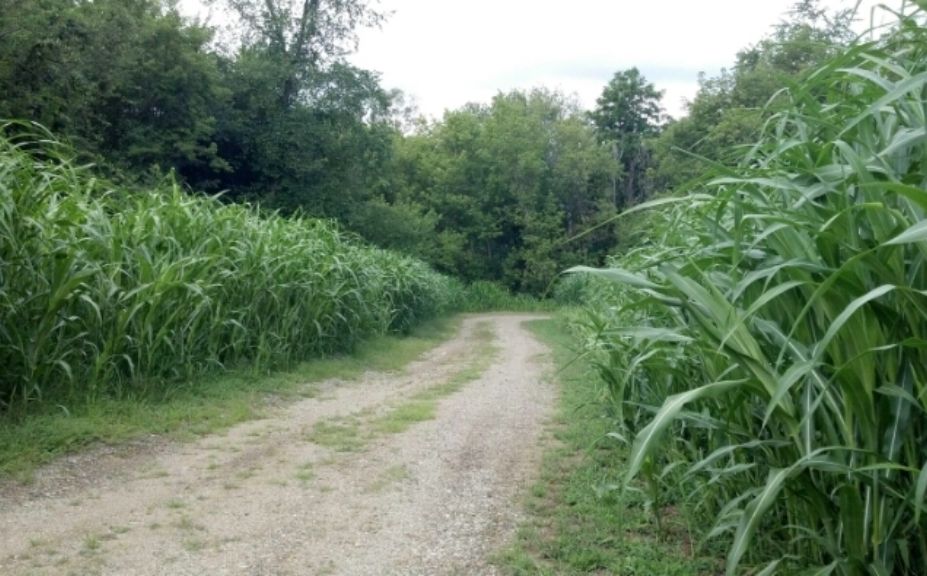
*Food plot screenings need to stand up to wind, heavy rains and snow. I love Egyptian Wheat (above) or Cave In Rock Switchgrass (below) because they have both proven to be outstanding when it comes to standing straight and tall through mid-winter. For more info on both seed varieties, take a look at either of the following articles:
1. "Switchgrass For Deer"
2. "Egyptian Wheat For Deer"
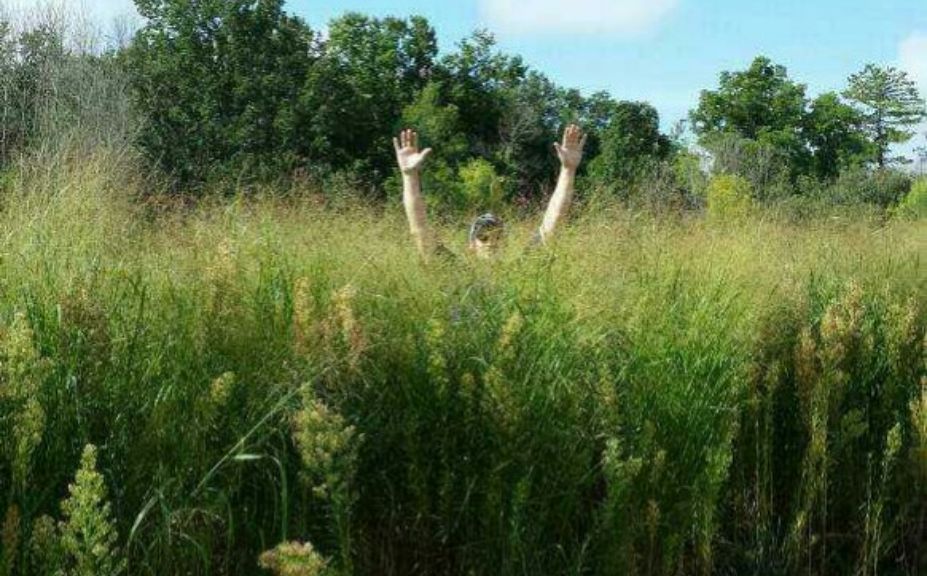
Combination Food Plot Screenings
Combination plantings can be an outstanding addition to your property screening efforts for offering immediate, mid and long term solutions. This is also my #1 screening formula that I tailor to the individual needs and resources of many of my clients. When you create a combination strip of plantings next to a food source, you will find some great advantages while offering 3 strategically complimentary rows of plantings, including:
1. This row of screening should be established roughly 20-30' away from the edge of the food plot. Start with an outside row of your long term planting including the most appropriate variety of Spruce or Red Cedar for your area. Keep in mind this is not for future timber production but for screening, which will dictate a tigher pattern of spacing to provide the ultimate level of screening properties within the shortest possible length of time. I like to establish at least 2 rows of trees, spaced 5-7' apart, with each row staggered. While looking at your screen of trees from the outside, you should have no more than 3-4' of space between each tree when looking through the 2 rows, which is the effect you will find through staggering.
At times, you may find it beneficial to combine outside rows of conifer in combination with a single row of hinge cutting. The hinge cutting can provide the immediacy that you may be seeking, while conifers that are planted alongside and facing full sun exposure can provide the long term benefits to fulfill your future goals.
2. The 2nd row of screening should be established 15-30' away from the edge of the food plot. There area couple of options for you when it comes to creating this layer of combination screening, and those 2 options revolve around one question: Will you eventually need more food, or not? If you may need more food in the future, than I would recommend that you plant switchgrass so that you can plow it under in the future if needed once the exterior screen of spruce or cedar has sufficiently been established. You can then convert the space to food. However, if you do not need the extra space than a layer of either switchgrass or pine will be a great compliment to your outside row of screening, with the switchgrass offering an effective hight of screening 2-3 years prior to the pine.
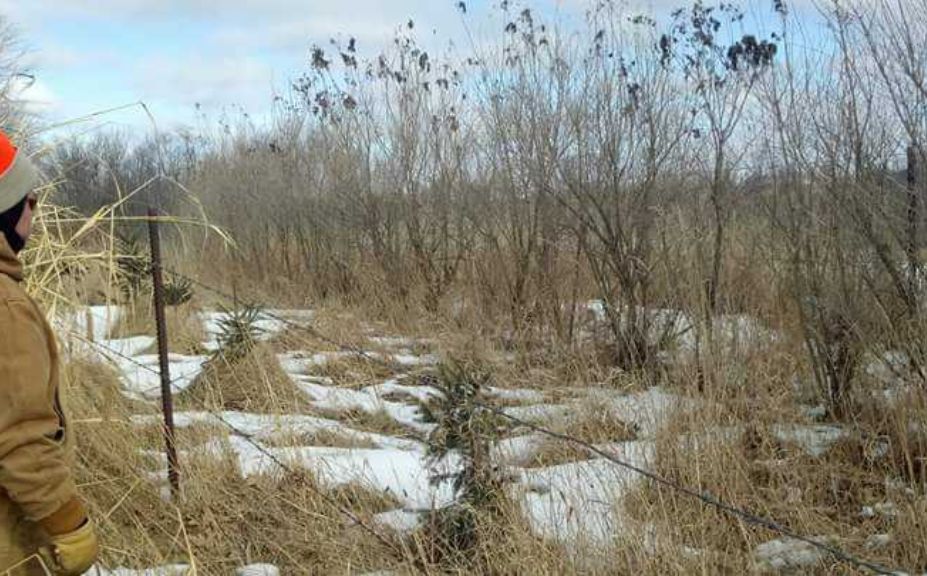
*Conifers flanked by shrubs can be a great screening combination, in particular if the shrub variety does not offer browsing opportunity. For more info on pine, cedar and spruce planting strategies, read "Conifer Plantings For Deer".
3. The 3rd row of screeing should be established directly adjacent to your food plot, and doesn't need to offer anything more than a temporary, short term solution. My personal choice is Egyptian Wheat, but sorghum sudan grass is not a bad option either.
Conclusion
Have you decided which food plot screen is best for you? My personal favorite is the combination planting that includes Spruce/Switchgrass/Egyptian Wheat. However whichever planting, or combination of plantings that you choose to fit your needs and personal resources, you will find success if the deer feeding within your food plots are effectively hidden from all of your hunting efforts.
*Make sure to check outNorthwoods Whitetails, Inc. for a great supply of high quality food plot blends, including their Egyptian Wheat based food plot screen!
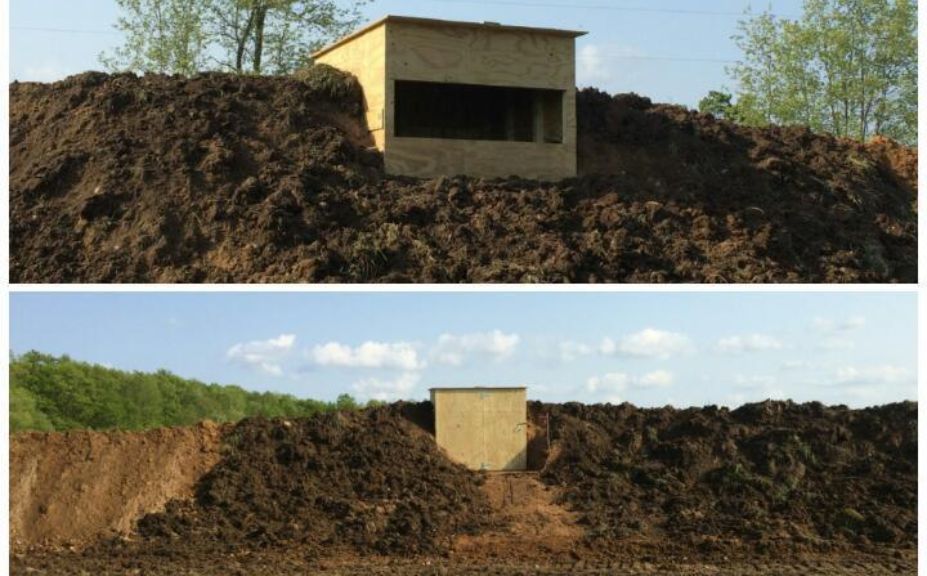
*Berms make great food plot screens and deer blinds! For more effective ways to hide your blind, check out, the Best Way To Hide Your Deer Blind!
